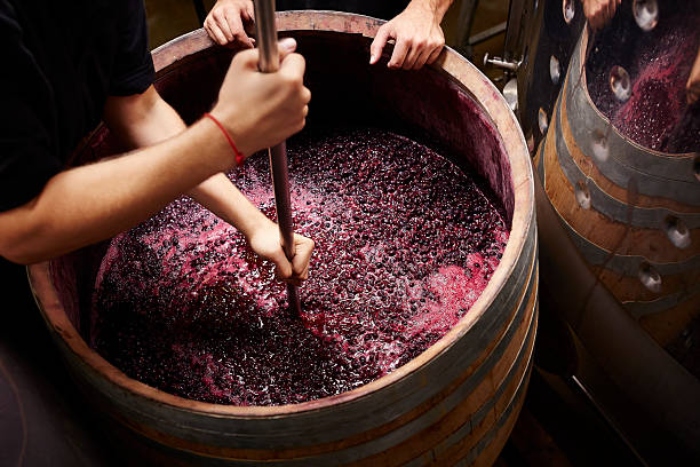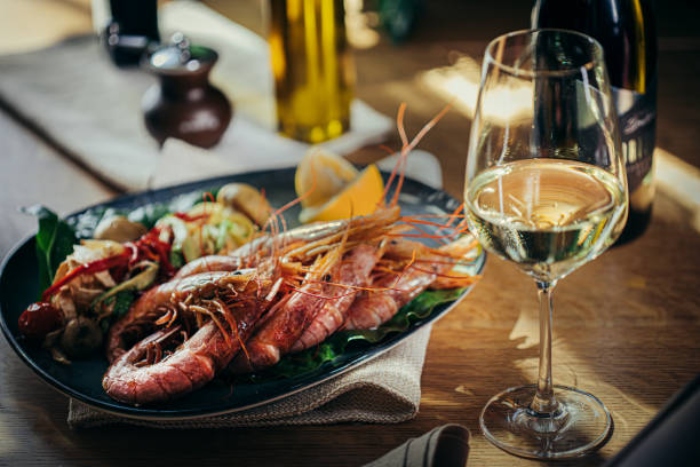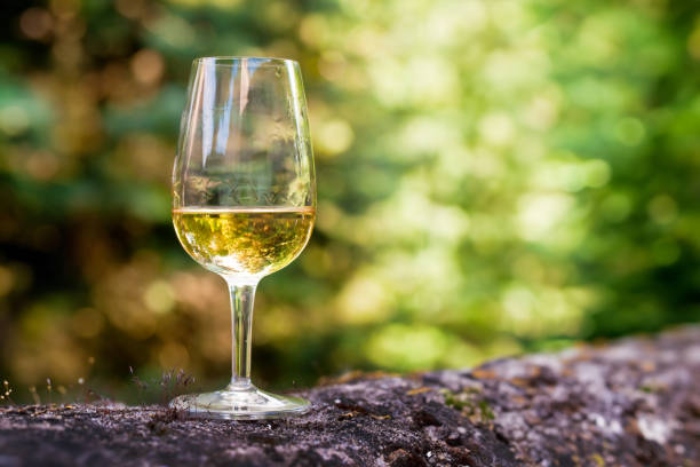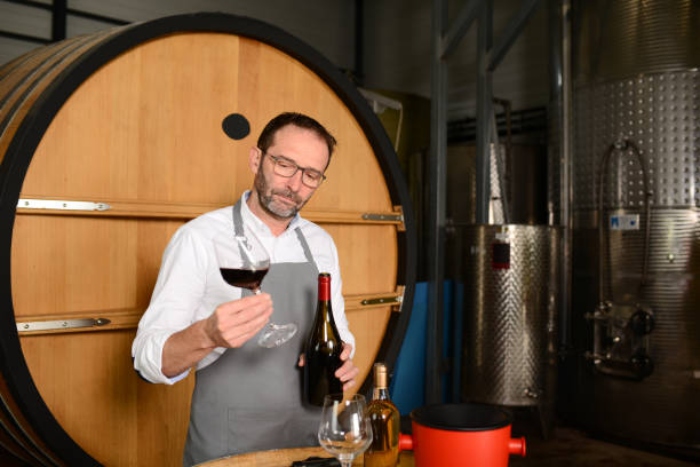by Igor Ryjenkov MW
A UFC fight promo? Nothing quite that scary or dramatic. “Old World vs New World” is a short-hand handle that effectively puts all the wine in the world into one of the two largest “buckets”: the wines of Europe, Asia Minor and Levant vs those made elsewhere in the world.

Does it matter, and if so, why? Yes, it is a geographical distinction, but it is also a chronological and a philosophical divide. Since, with a few exceptions, all the wines outside of Europe are also made with the European grapes, Vitis vinifera, collectively, Old World has centuries’ more of know-how with those grapes. But just as important, if not more, is the philosophical distinction between the two that can be boiled down to “medium vs message”, and that actually impacts how the wines behave in the glass.

It is not a matter of rejecting one over the other, but that of emphasis, and focus. Any quality winemaker sets out to make a good wine using the best quality grapes. However, typically, in Old World it means a winemaker shepherding the wine towards the best expression of its provenance. The aromatics are subtler, often with strong mineral or savoury component – e.g. slate, brioche, consommé. In New World there is greater emphasis on fruit and upfront appeal and the winemaker is usually a more active participant in the wine’s creation. Neither approach is wrong or right, just different. You may have heard this before – “It’s a beautiful Chardonnay!” would be a complement to a New World winemaker. However, a Burgundian producer would be far happier to hear “It’s a beautiful Meursault”. It is a subtle but very impactful difference. The naming convention further highlights it – “Bordeaux” alone gives an informed consumer a good idea of what to expect, but “Napa” needs a grape qualifier – Cab, Zin, etc.

The good news is that, as with many things in wine, one does not need to be an expert in spotting these differences in the glass in order to enjoy wine. However, a little knowledge helps to navigate better in the world of wine, helps to explain why you gravitate towards one style over the other, especially if your preferences align along the “New vs Old World” divide. A number of wines show their provenance clearly by being uniquely New World or European – like many Italian grapes, Spanish Tempranillo or South African Pinotage. But the more intriguing and telling comparison is that of the same grapes or similar blends from New and Old Worlds side by side. This Cellar offers you several such opportunities, with Pinot Noirs from Oregon and Germany, and the Bordeaux blends from Pessac and California’s Russian River.

As with any generalization, there are a lot of outliers and exceptions. It was not always easy to spot the difference before and it is even harder today. With more frequent warmer vintages around the globe, even in formerly marginal climates of European classics, and cross-pollination of grape-growing and winemaking expertise, the distinction is subtler than even before. But it is not gone and not likely to disappear entirely. The distinction which, as we see, is not as much as a war, but rather a polite but crucial difference of opinion, yet one more quirk of the wine world that makes its exploration endlessly fascinating.
Toronto-based Igor Ryjenkov MW was the first in Canada to earn the prestigious Master of Wine credential in 2003. His wine business expertise has been informed by 24 year in the Ontario trade, first in retail, then in key buying positions, and lastly, in projects, most notably, developing the new 5-dot wine style matrix. Igor is one of Opimian’s Masters of Wines.


